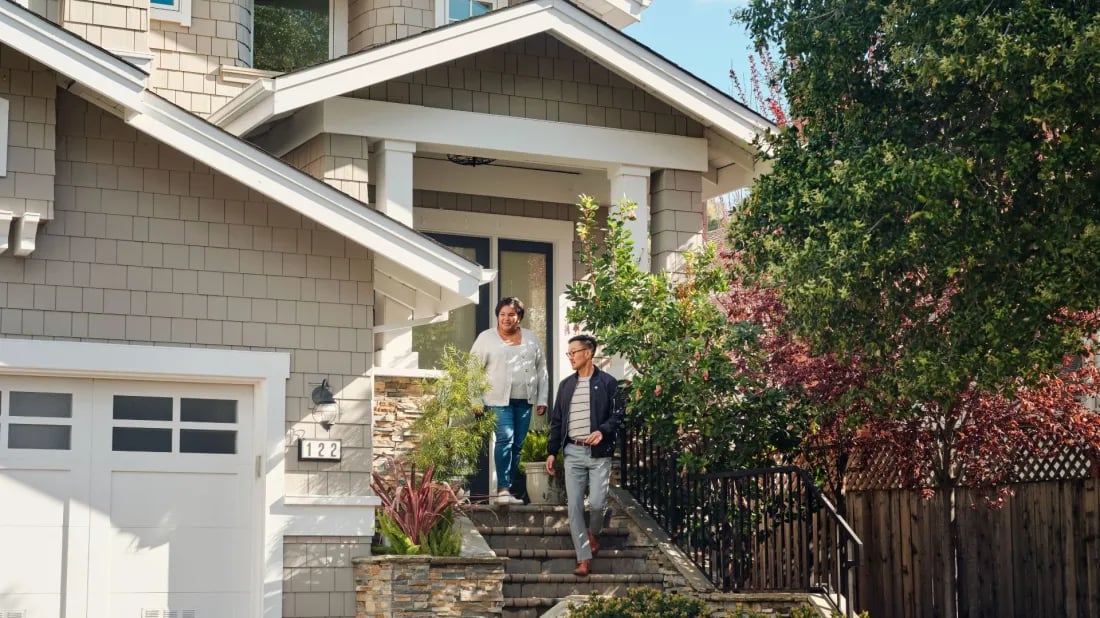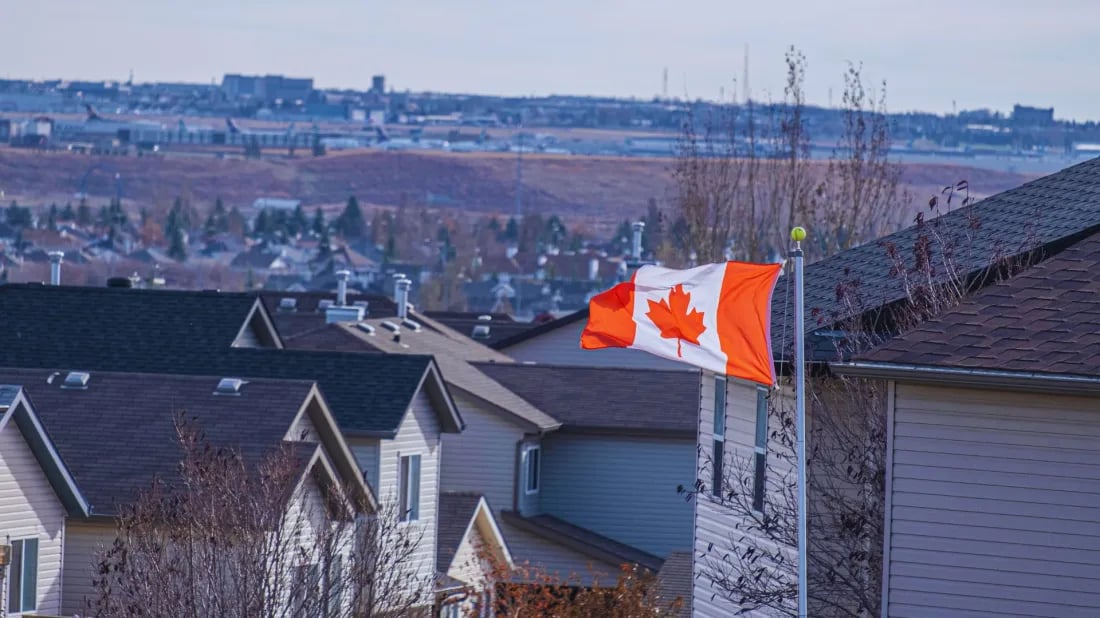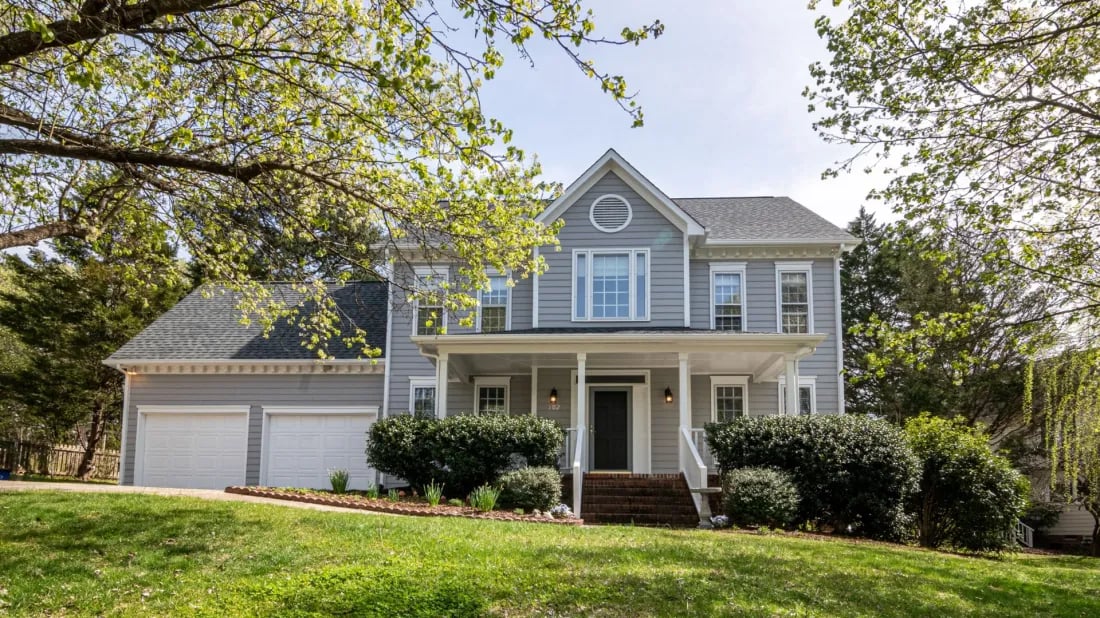In the last couple of years, reverse mortgages have gained in popularity. Recent reports suggest that reverse mortgage demand surged roughly 30 percent in 2022, with originations topping $1 billion for the second consecutive year. It is estimated that the total outstanding reverse mortgage debt is roughly $5 billion nationwide.
Considering everything that has transpired since the COVID-19 public health crisis, it is understandable why they have become prevalent in the Canadian real estate market and the financial system.
Inflation is through the roof, interest rates are too high, and Canada Pension Plan (CPP) payments are not enough in this economic climate. This is why more Canadians have taken on reverse mortgages or, at the very least, have considered this financial product to complement their living standards. They are looking at their homes as a reliable way to fund their retirement without having to hit the sell button.
What is a Reverse Mortgage?
A reverse mortgage is a loan that allows borrowers to receive money from home equity without having to sell the residential property. Homeowners can borrow up to 55 percent of the present home value, but the final amount will depend on the applicant’s age, the property’s value, and the lender. The principal amount is repaid when you sell it, move out of your home, or the borrower passes away.
Typically, these are the eligibility requirements for being approved for a reverse mortgage:
- The homeowner must be at least 55 years of age.
- You must obtain independent legal advice and provide proof.
- The home you reverse mortgage must be your primary residence (at least six months per year).
- Homeowners must pay their property taxes and maintain their property.
So, is applying for a reverse mortgage advantageous when you need the money?
The Pros and Cons of a Reverse Mortgage
Roughly one million older Canadians are living on a low-income basis. Suffice it to say; it is a struggle for many seniors nationwide to keep their heads above water, particularly as the gap between public pension schemes and living standards widens.
“That gap is meaningful,” Jackie Uy Ham Lee, Vice President of Growth Businesses and Personal Banking Lending at HomeEquity Bank, told Canadian Mortgage Trends. “They’re going to have to figure out how to close that gap, which may include downsizing their home, looking for alternative financial solutions, or changing their lifestyle. So, the reverse mortgage product is a great one for seniors, and we think that is part of what’s driving its popularity.”
That said, before applying for a reverse mortgage, it is critical to understand the benefits and drawbacks of utilizing this financial product to support your living standards.
Here are the pros and cons:
Pros
The first chief advantage is that you can access funds to help offset costs that might exceed your income, be it from employment or your pension.
Another attractive benefit of a reverse mortgage is that you are not required to make regular payments on the loan. You can repay the principal and interest in full at any time, which can be terrific, especially when you do not have any heirs or family members who will receive the property following your death.
Ultimately, when you are too old to work and want to increase or maintain your quality of life, a reverse mortgage can help.
Cons
The length of the reverse mortgage is critical since you might outlive the term if you take it too early.
Meanwhile, the longer you go without making payments to the lender, the more interest will accumulate on the reverse mortgage. The average interest rate for reverse mortgages is as high as nine percent.
Because you are borrowing against your home equity, and the interest charges compound, you will increase the amount of debt you carry, meaning your heirs will have less to inherit.
You could lose your house to foreclosure if you do not pay your property taxes or other home ownership-related costs.
Final Thoughts
Today, many homeowners are looking at ways of tapping into the financial rewards of homeownership. In a slowing economic landscape, a higher cost of living, and uncertainty over the future of the market, a reverse mortgage could be one of many tools to ensure you can put food on the table in your winter years.




